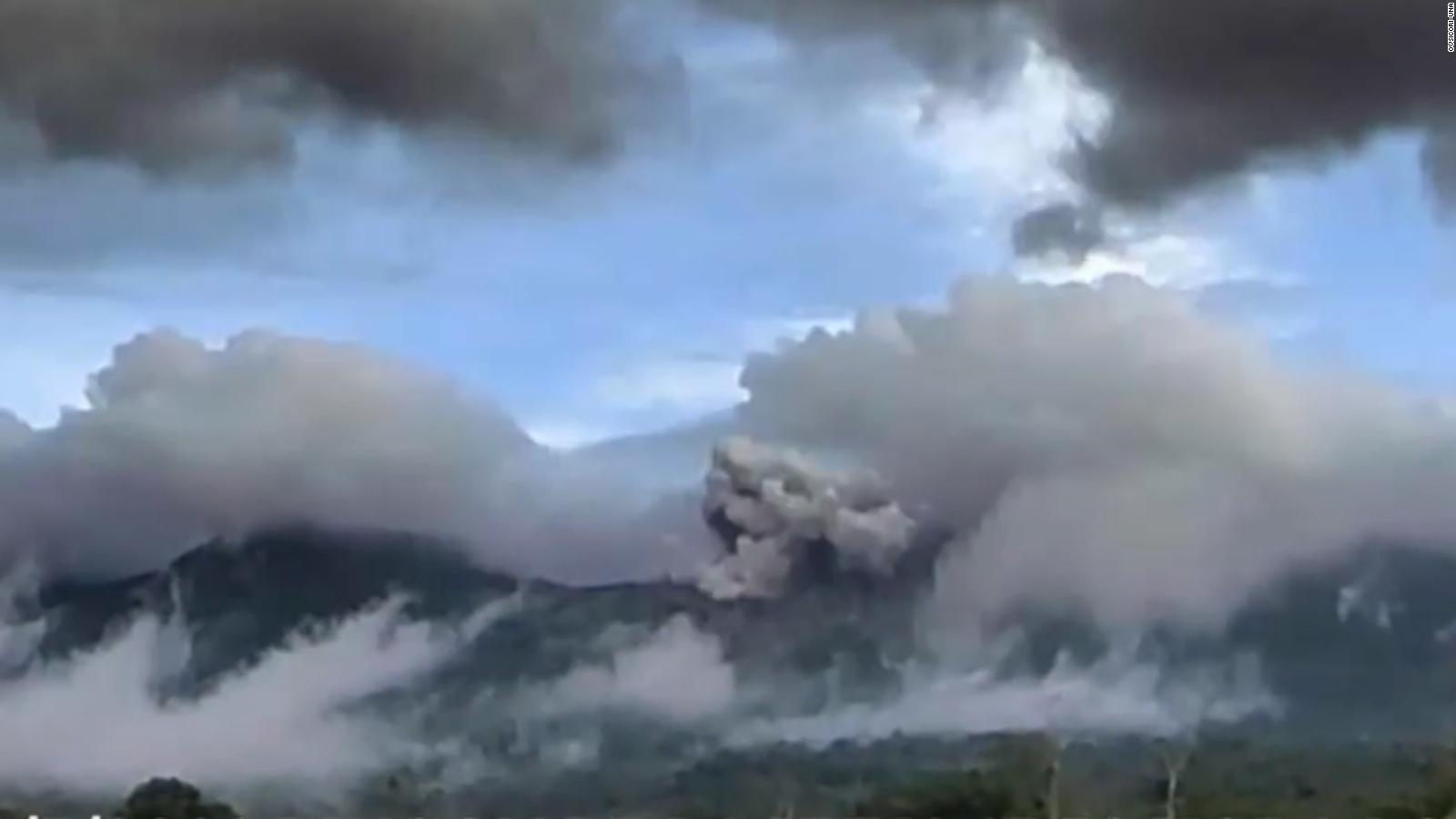New eruption at the Rincon de la Vieja volcano 0:43
(CNN Spanish) -- Costa Rican authorities reported that they are promoting several strategies in the face of the constant activity of the Rincon de la Vieja volcano, in the northwest of the country.
In May alone, the crater recorded 58 eruptions — almost two per day — according to data from the National Emergency Commission (CNE). And until this June 6 there are already 14, according to volcanologist Javier Pacheco of the Volcanological and Seismological Observatory of Costa Rica (Ovsicori) of the National University.
The CNE reported that the risk map was updated, as well as the labeling process in surrounding and danger areas. On May 26, the Commission declared a green alert for five communities surrounding the volcano: Dos Ríos and Aguas Claras, in the canton of Upala, as well as for Cañas Dulces, Mayorga and Curubandé in the canton of Liberia.
The president of CNE, Alejandro Picado, called on the tourism sector to take national and foreign visitors to safe areas.
- Rincon de la Vieja volcano in Costa Rica registers new eruption
"The volcano is in a protected area, (but) that doesn't lessen the risk," he added.
advertising
The most significant eruption of the volcano so far was recorded on April 21, with a column that exceeded 3,000 meters. According to the Observatory, the volcano has a height of 1,916 meters above sea level, but the active crater is 1,700 meters above that level.
Orange alert
Given this intensification, the Volcanological and Seismological Observatory of the National University of Costa Rica raised the level of activity of Rincon de la Vieja, which remained in warning (yellow) and since June 2 is located in caution (orange), only one below the maximum alarm level (red).
Javier Pacheco, a volcanologist at this research institute, explained to CNN that this table is similar to that applied by other centers in the world.
"(This level) means that at any time the volcano can change activity quickly, so monitoring needs to be close and constant," he said.
Pacheco added that the eruptive processes of the volcano have not changed, "but that the institute is attentive to any modification."
The current eruptive cycle began in November 2022, with a total of 209 outbursts.
According to the Observatory, the volcano has been active since September 2011, when access to the summit was closed, although the entrance to the falls, the Las Pailas sector and the tourist area surrounding the massif, located in the National Park of the same name, remains open.
They rule out for now risk major eruption
Pacheco says that it is currently the most active volcano in the country, and that it is, in fact, the only one with eruptions, because the rest entered a recess process.
"The volcano continues with moderate activity from 2011 to the present, for now there is no risk of major eruption, this means that there is no magma rising near the surface, but it stays in the reservoir, an area within the volcano where the magma has remained in balance, it does not move," he explained.
Gerardo Quesada of the Municipal Emergency Commission (CME) of Upala, a neighboring area, said that they already have general emergency plans, with an inventory of risk and isolation areas.
"We have a rescue brigade of 12 young people, guides, baqueanos (experts) and people from the community, and we are integrating more population," he added.
"We are a link between the Chamber of Tourism, the Cattlemen's Association, the Emergency Committee, the Feline Association, San Cristobal Park, to make tourism safe," he said.
volcanic activityRincon de la Vieja
